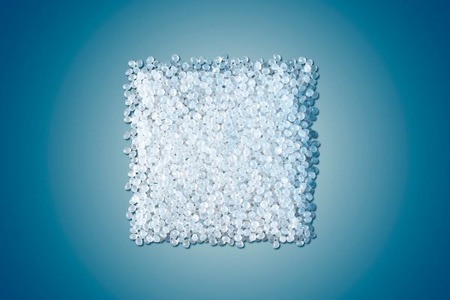Nordic pulp maker to revive its industry turn to birch, pine textiles
YarnsandFibers News Bureau 2016-03-15 17:00:00 – StockholmThe Nordic countries Finland, Norway and Sweden, are among the most important producers of forests and forest products in the world. Since the last manufacturer stopped nearly a decade ago partly on environmental ground there has been no Nordic production of viscose, the main textile fibre from timber. Nordic pulp makers to help revive its industry and meet demand from fashion and furniture firms for alternative textiles to cotton are developing clean ways to turn birch and pine trees into clothes or sofa covers.
Markus Mannstrom, Chief Technical Officer of Finland’s Stora Enso said that three Nordic mills export dissolving pulp, the product that can be turned into textile fibre. The industry would like to see textile fibre factories set up at home that will meet environmental rules and appeal to local firms such as IKEA and Hennes & Mauritz which want to project a green image. They have the forest here in the Nordics and their own pulp mills. It would be better for them if more dissolving pulp was needed in their region.
A spike in cotton prices in 2011, contributed to increased global demand for viscose and lyocell, the other major textile fibre from wood pulp. Production is dominated by Austria’s Lenzing, India’s Aditya Birla and South Africa’s Sateri.
The forestry industry, which accounts for a fifth of Finland’s and a tenth of Sweden’s exports, has been hit by lower newsprint demand and foreign competition.
But global output of pulp for textiles is expected to grow by 30 per cent by 2020 from 4.4 million tonnes in 2015, according to Oliver Lansdell at forest products industry consultancy Hawkins Wright.
Anticipating the rise in demand, in 2011, Sodra, the Swedish association of 50,000 small forest owners, converted paper pulp machines so they could make textile pulp. Sweden's Domsjo, which has made dissolving pulp since the 1930's and was bought by Aditya Birla in 2011, said demand has risen. They expect cotton output to peak while textile demand will keep growing, said Dag Benestad, head of dissolving pulp production at Sodra.
The next step would be to set up factories at the mills, creating new jobs and saving money on energy and the cost of transporting for export. Sodra,Domsjo and Stora Enso are among those intensifying research into greener fibre production processes.
Stora Enso in 2015 opened a research centre in Stockholm that looks into how to make viscose production less toxic. Domsjo and Sodra are part of a large project looking at how best to integrate a textile factory with a mill so that the chemicals are recycled.
Recycling or replacing chemicals is essential to restarting production of textile fibre from timber in a region where the pulp industry's image was also tarnished by heavy pollution. It now uses "closed loop" production that stops chemicals seeping out.
Carbon disulfide is the main polluter of viscose production. Swedish Research institute Innventia's Fredrik Aldaeus, who is fine-tuning a method to make pulp that dissolves more easily with reduced or zero carbon disulfide, said a modified viscose fibre plant could be up and running within five years.
The main alternative textile fibre from timber pulp is lyocell which was first developed in the 1970s and has a cleaner manufacturing method than viscose. It has been marketed by Austria's Lenzing as Tencel since the 1990s.
Nordic researchers are trying to develop something similar. Herbert Sixta, who used to work at Lenzing, has led development at Aalto and Helsinkiuniversities of a new lyocell-type fibre.
In three to four years they should be able to show if it's commercially viable provided that they get the necessary financial support, he said.
H&M and IKEA, both at the forefront globally in their sectors on sustainability, are alongside smaller Nordic fashion brands such as Filippa K, are cheering on and cooperating with the pulp makers, keen to sell products made using local forests to environmentally-conscious shoppers.
Cecilia Brannsten, sustainability expert at H&M said that they need to find a more sustainable way to produce viscose, which has increased its use of Tencel in recent years because it has a better green profile despite being more expensive.
H&M and IKEA said that they were providing funding for state- and industry-owned research institute Swerea, which recently launched an industrial-scale test of anew viscose-like process. They declined to say how much they had contributed.
Today's viscose can't directly be replaced with the more sustainable lyocell because they look and feel different.
Market Intelligence
Ask for free sample Report

experience
Customer Base
dedicated team
Countries Served Worldwide









